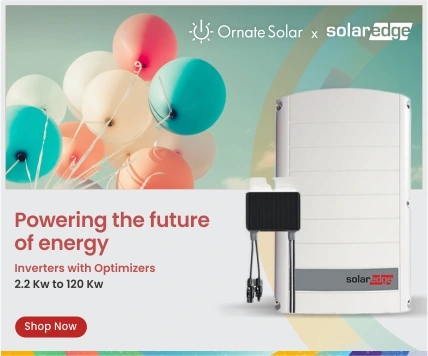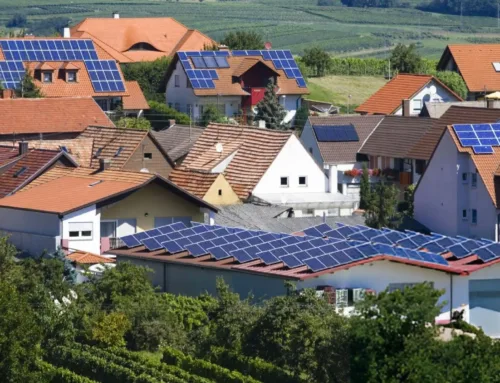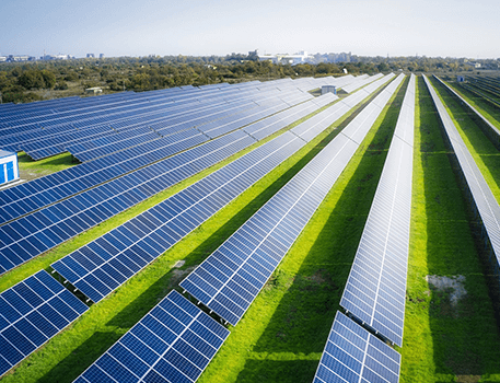
Investors are bullish on India’s solar business, according to Sumant Sinha, chairman, and CEO of ReNew Power. Import limitations on modules, he claims, will not represent a severe danger to solar project developers provided domestic module manufacturing capability is promptly built. Sinha, who is also the head of the industry association Assocham, claims that the current power outages in several regions of the country are due to structural issues. “To keep up with demand growth, we need greater investments in the electricity sector, particularly in green infrastructures such as wind-solar hybrid and storage systems.” Otherwise, we might see these shortages last longer,” he says in an interview with FE’s Vikas Srivastava.
The domestic sector is being wracked by rising coal prices and a power scarcity. Do you believe this is a one-time occurrence, or do you believe the crisis will persist for a long time?
I believe that is a systemic problem. The electricity demand is rapidly increasing as the economy improves. At the same time, supply chain pressures exist. All of these issues have resulted in a power crisis. To keep up with demand growth, greater investments in the power sector are needed, particularly in green infrastructures such as wind-solar hybrid and storage systems. Otherwise, these shortages may continue for a longer amount of time.
Do you believe we’re finally approaching the end of an investment cycle?
In general, the economy is in good shape on the home front. The economy has benefited from increased demand following two years of the pandemic, as well as government initiatives to expand exports. Corporates have been able to capitalize on demand growth thanks to better financial sector health and deleveraged balance sheets, and they are now in a position to spend.
Higher commodity prices and supply chain disruptions, on the other hand, have fueled inflation around the world, including recently in India. Higher inflation will force central banks to raise interest rates, reducing liquidity, increasing the cost of borrowing, and reducing consumer demand. These are the immediate challenges, and if India can manage them effectively, it will be able to maintain GDP growth for several years.
The Ministry of New and Renewable Energy (MNRE) has refused to allow any Chinese manufacturer to supply solar panels to Indian projects, and has imposed a 40% import charge on panels as of April 1. Will this have an impact on the country’s 2030 solar capacity targets?
If domestic module manufacturing capability is established on time and rapidly, there will be no severe issues. In the absence of Chinese module imports, the government and domestic manufacturers can work together to remedy the shortage.
What are your thoughts on the government’s decision to scrap the bucket list for the solar production linked incentive (PLI) plan, which you also bid on in the initial tender? The administration is intending to issue new tenders…
The government should, in theory, have cleared the bucket list first. The fresh tenders, on the other hand, have still to be confirmed. We would enthusiastically participate in the second tender as soon as it becomes available.
Given the existing supply constraints, what type of support is required for MSMEs and SMEs in the renewable sector?
The provision of credit to MSMEs and SMEs is crucial. As they grow, their financial and working capital requirements increase. In addition, we will need to prioritize the formation of clusters — for example, MSMEs in the renewable energy sector can be grouped in one cluster. The government is already thinking along these lines; all it needs to do now is put the ideas into action. MSMEs’ institutional capacities must also be improved, as they are, by definition, smaller enterprises with limited potential for (developing) governance, R&D, and management, all of which must be improved. We need to improve their database so that service providers can contact them.
What plans do you have for new investments in the renewable energy sector?
We can’t discuss investments because we’re listed in the United States, but we expect to raise our operational renewable capacity to 18 gigawatts (GW) by FY25, up from roughly 7.3 GW now.
What do you think the industry and panel prices will look like in the future?
The long-term forecast is encouraging, although there may be supply shortages in the short term. The high panel prices caused by import tariffs are projected to level down in the coming quarters as domestic supplies increase.
Click Here for more updates ornatesolar.com
Reference: Financial Express










Leave A Comment